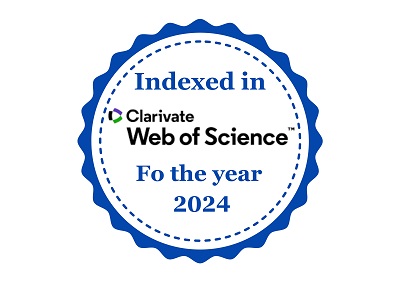Photocatalytic Component Used In Concrete For Environmental Friendly Approach
DOI:
https://doi.org/10.61808/jsrt226Keywords:
Photocatalytic Concrete, Titanium Dioxide, Sustainable Infrastructure, Air Quality, Urban Heat Island, Environmental SustainabilityAbstract
Urbanization intensifies air pollution, with vehicular and industrial emissions contributing to high levels of nitrogen oxides (NOx), volatile organic compounds (VOCs), and particulate matter (PM), leading to health issues and environmental degradation. Photocatalytic components, particularly titanium dioxide (TiO₂), integrated into concrete, offer an environmentally friendly solution by leveraging ultraviolet (UV) light to degrade pollutants, maintain clean surfaces, and mitigate urban heat islands. This paper explores the science, applications, and performance of TiO₂-based photocatalytic concrete in sustainable infrastructure, including pervious pavements, two-lift paving systems, tunnel linings, and building facades. Detailed case studies, such as the Route 141 reconstruction in St. Louis and a Rome city tunnel, demonstrate real-world efficacy. Comprehensive performance data are presented in tables, alongside discussions of challenges like UV dependency, long-term durability, and potential environmental impacts of by products. The paper concludes with future research directions to enhance the technology’s adoption in eco-friendly urban development.











